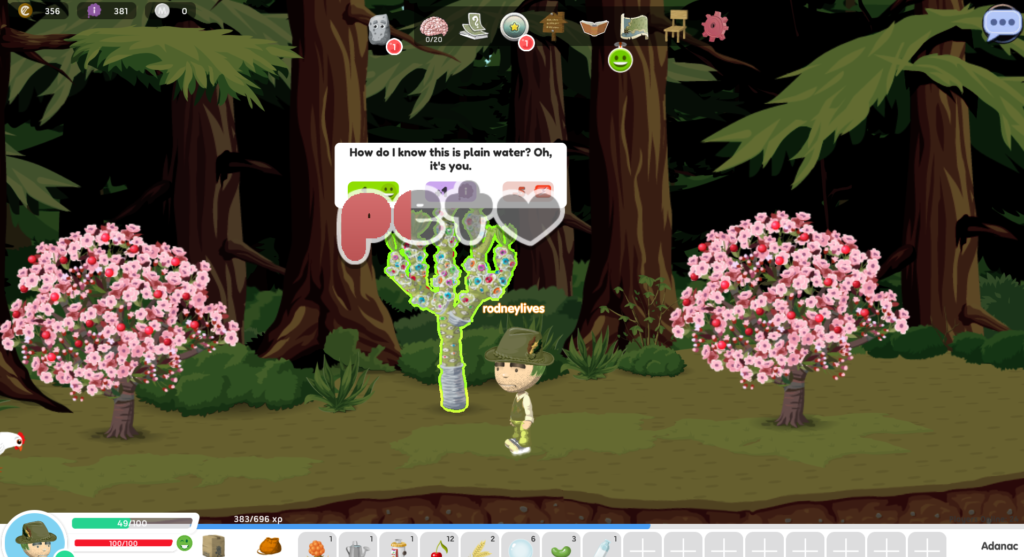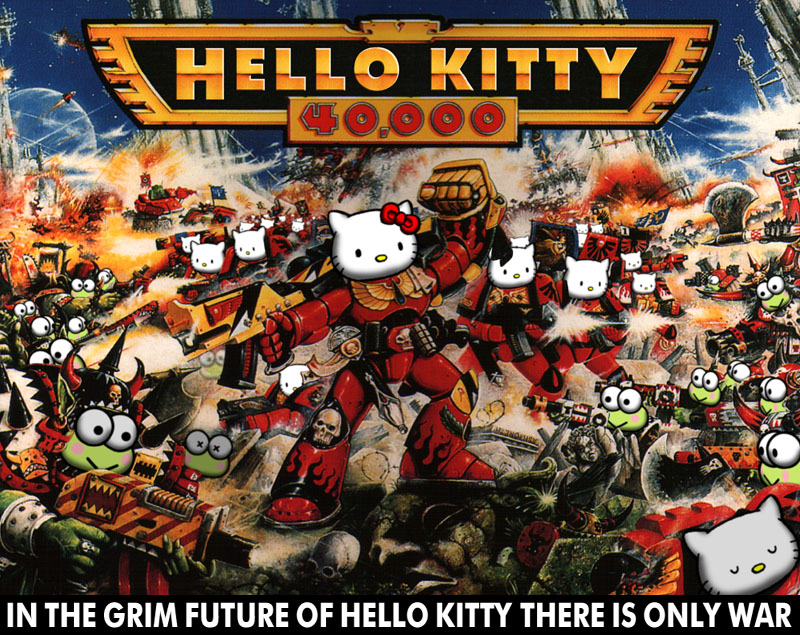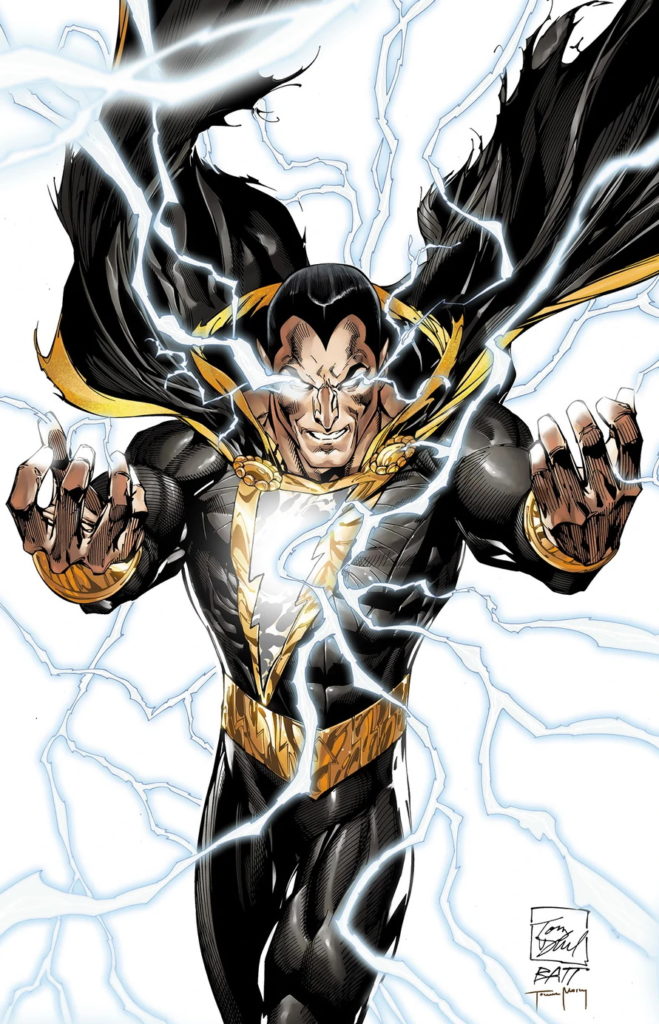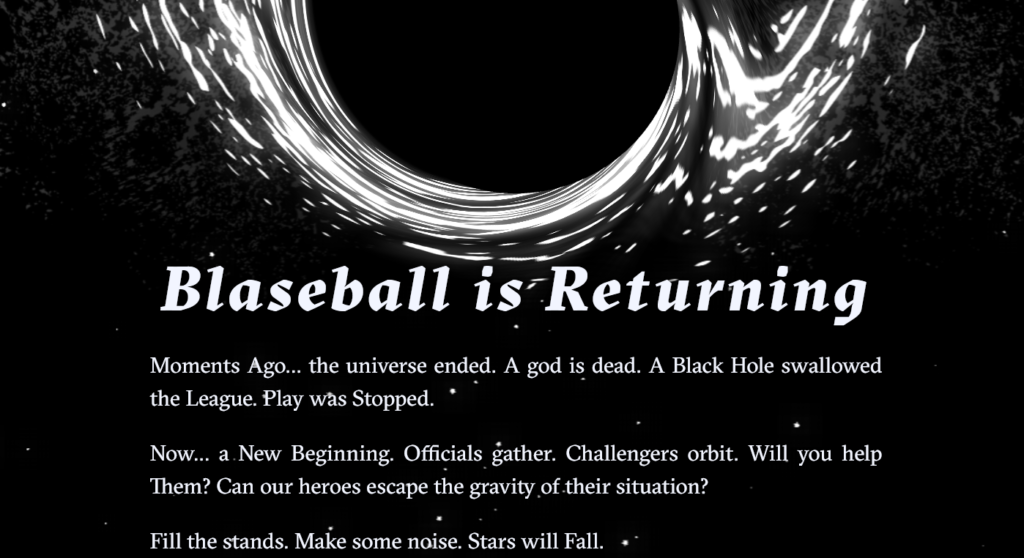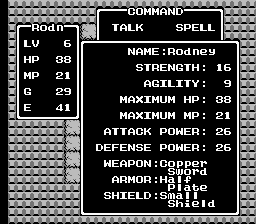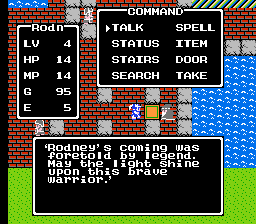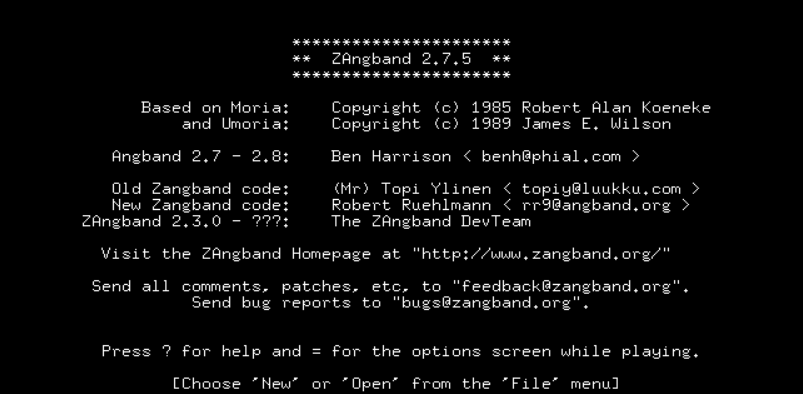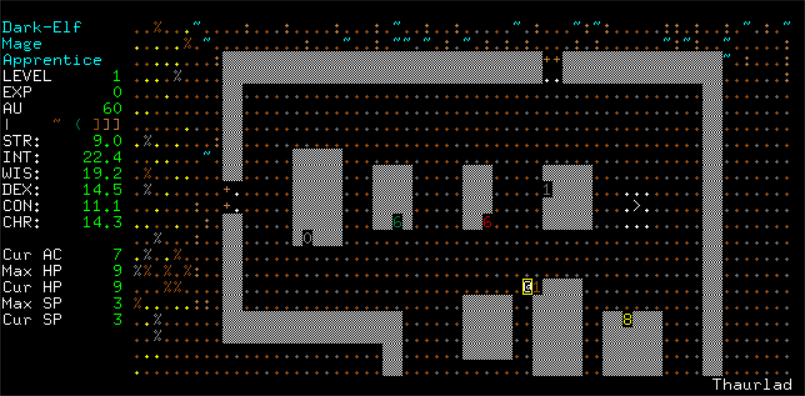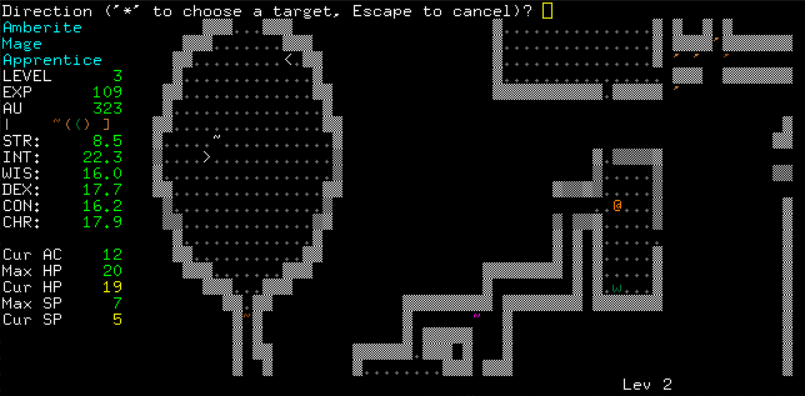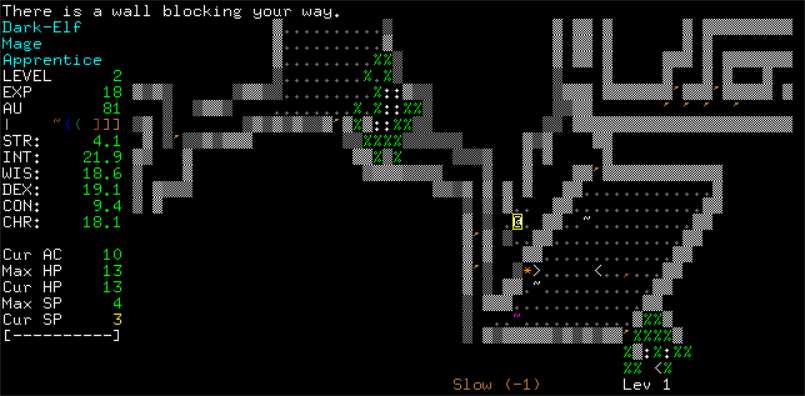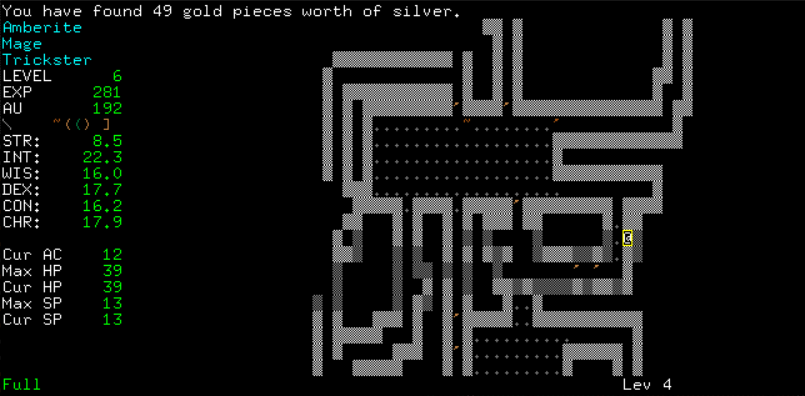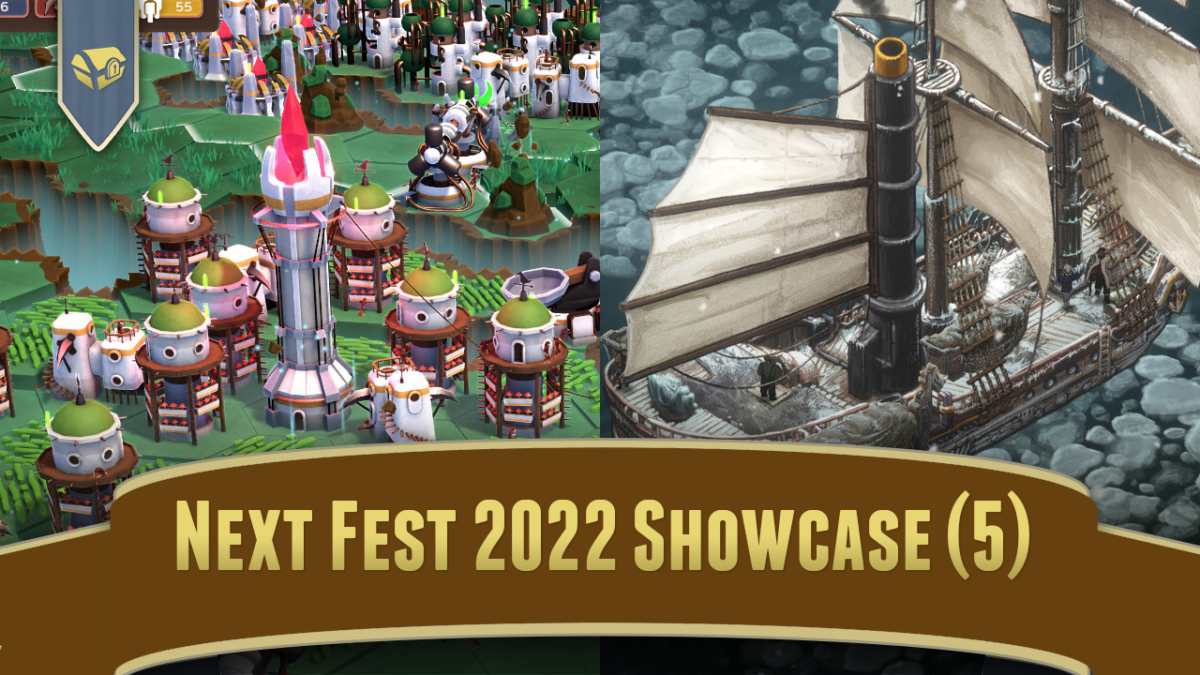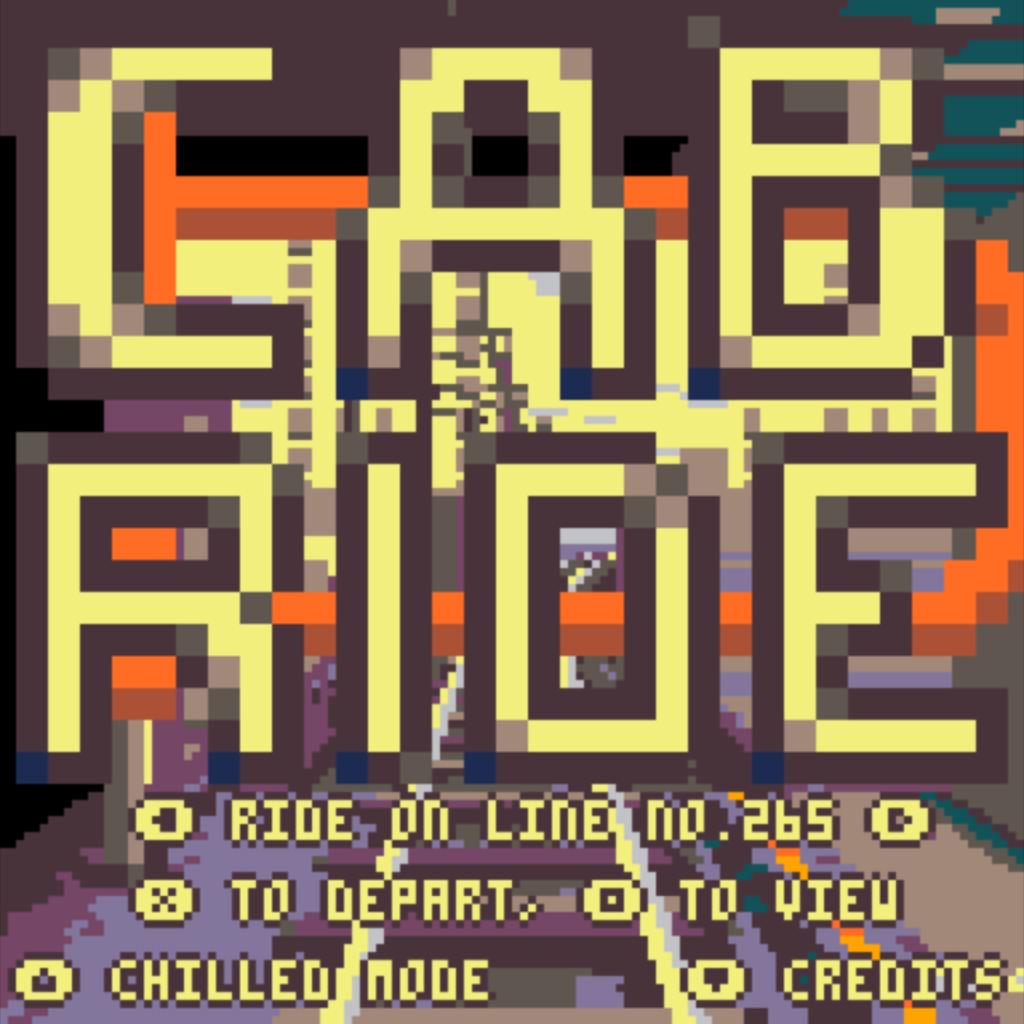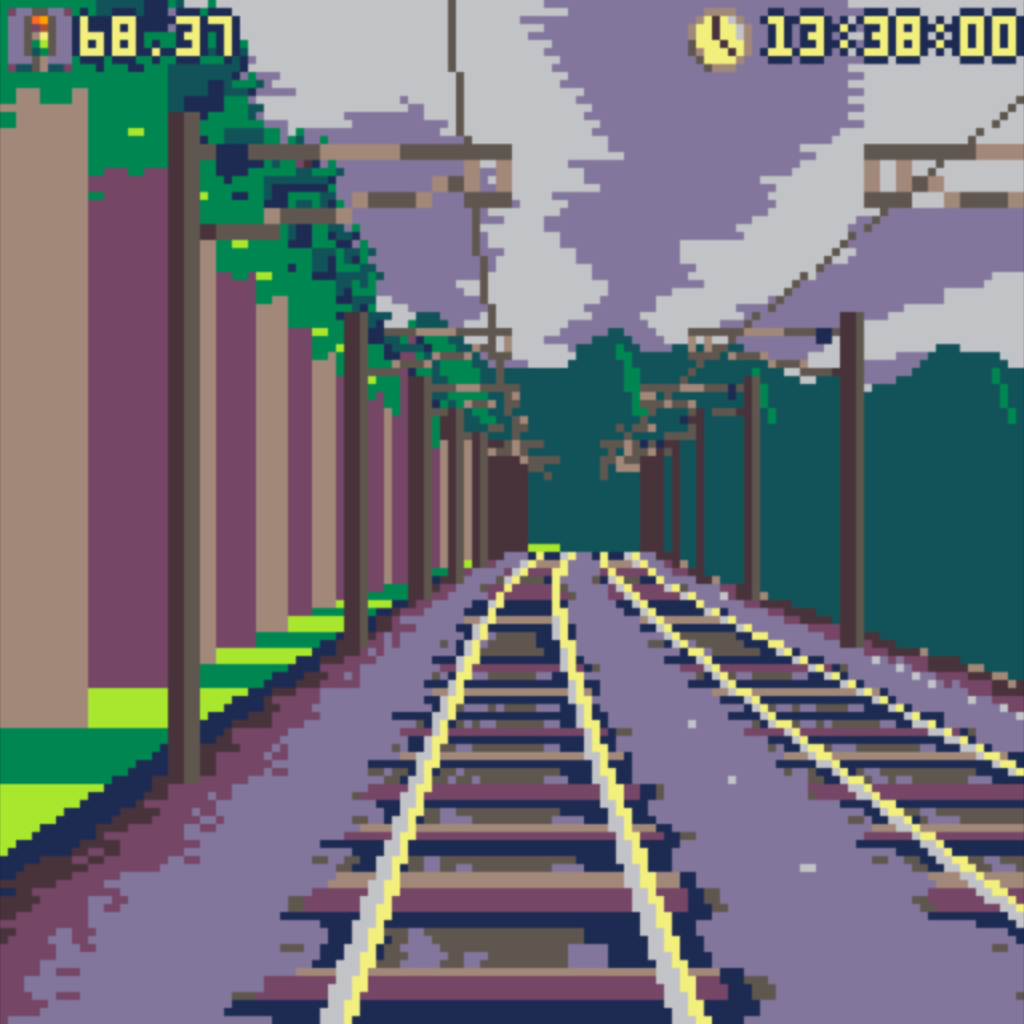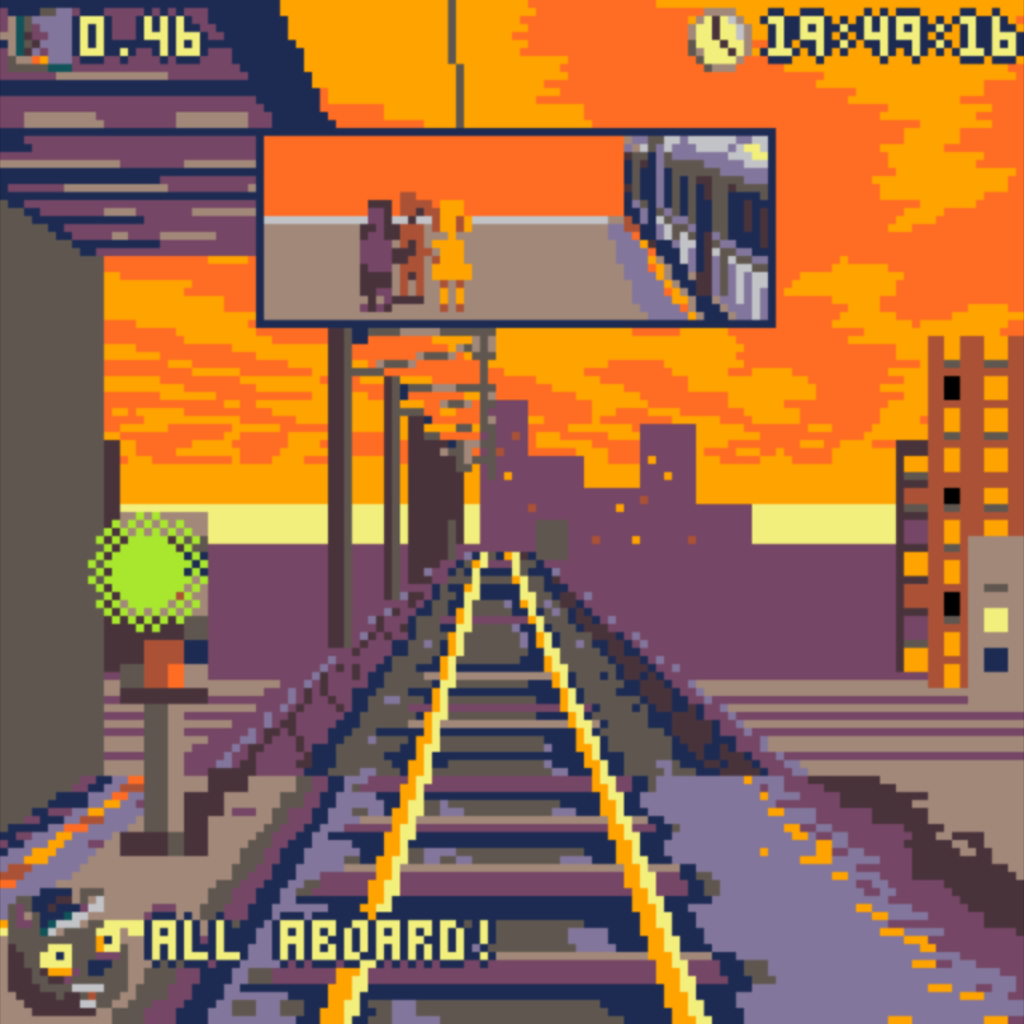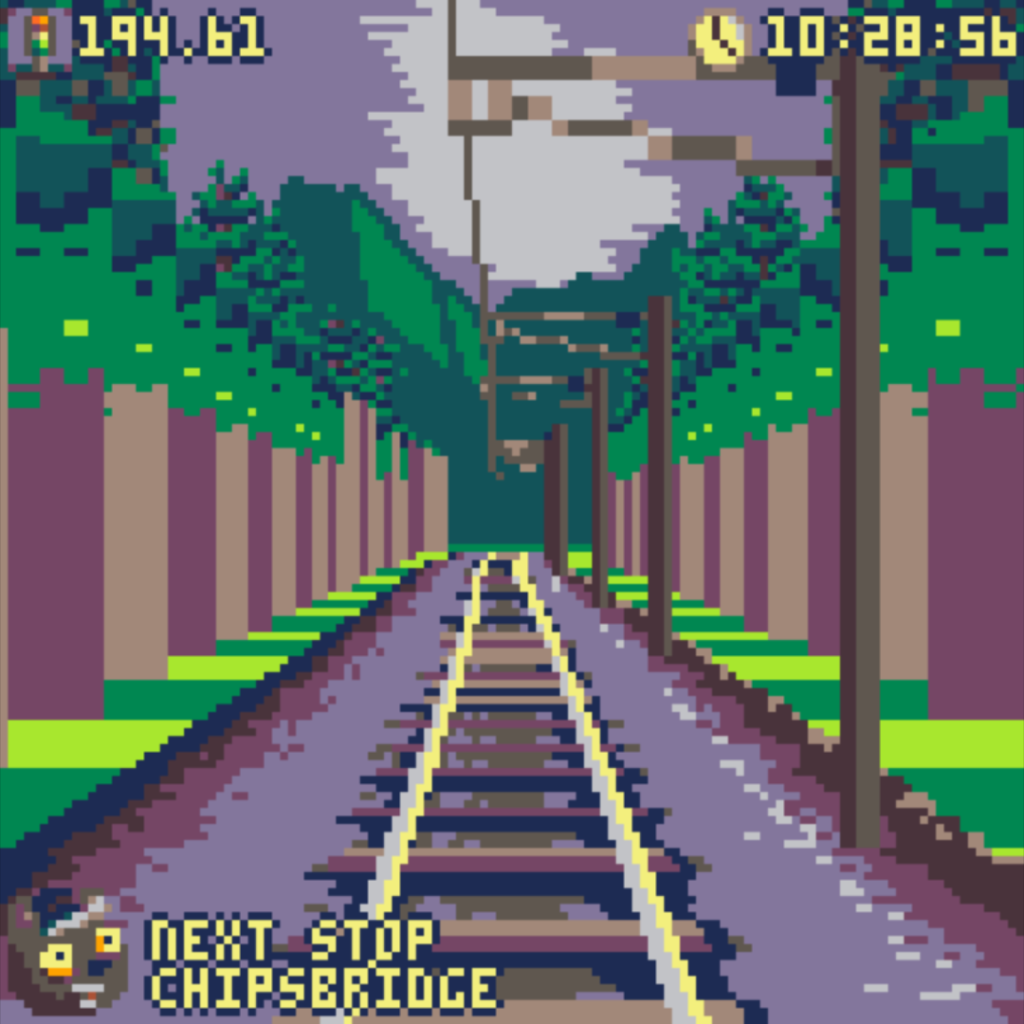It’s Halloween, so let’s review a slightly spooky European computer game that got remade as a Gameboy title with an awesome soundtrack: Bubble Ghost!
It’s kind of a riff on Marble Madness, in that you’re controlling a round object with momentum-based movement through a perilous made of obstacles. But you don’t control it directly: instead, you play the part of an incorporeal spirit that imparts motion to the object, a fragile soap bubble, by applying its ghostly breath. This whimsical concept backs a wonderful little action game. All the versions are pretty much the same game, and they’re all pretty short, with just 36 single-screen levels, but it takes a lot of skill to guide your wobbly ward through the whole maze.
The ghost can pass harmlessly through objects, and the amount of motion applied to the bubble by your breath depends on how close you are to it, which gives you a fine amount of control over its passage if you’re skillful enough.
The Commodore 64 version (below) has jerkier motion for the bubble than other versions, but has atmospheric sound:
The Amiga version is pretty representative of most of the 16-bit versions:
The Gameboy version was implemented by Japanese programmers, has a cuter protagonist and graphics all around, has great music, and an actual ending (though it’s still really brief), but it’s still the same game:
Protomagicalgirl did a speedrun of Gameboy Bubble Ghost at SGDQ2016:
There’s also versions for Atari ST (has an option to play its music out the MIDI port!), MS-DOS, Amstrad (some funky screen trasitions in this one), Apple II GS (not a complete play) and Windows (from 2003, also not a complete play, and has the flair of a bootleg clone). It’s also on Steam, released there in 2018, although that seems to be a direct recreation, maybe even emulation of the DOS version, which is one of the worse versions, with terrible sound.
According to Mobygames, Infogrammes remade the game as Bubble+ on some platforms, and didn’t pay the creators for sales of those versions! I don’t know if the creators get anything from the Steam port.

